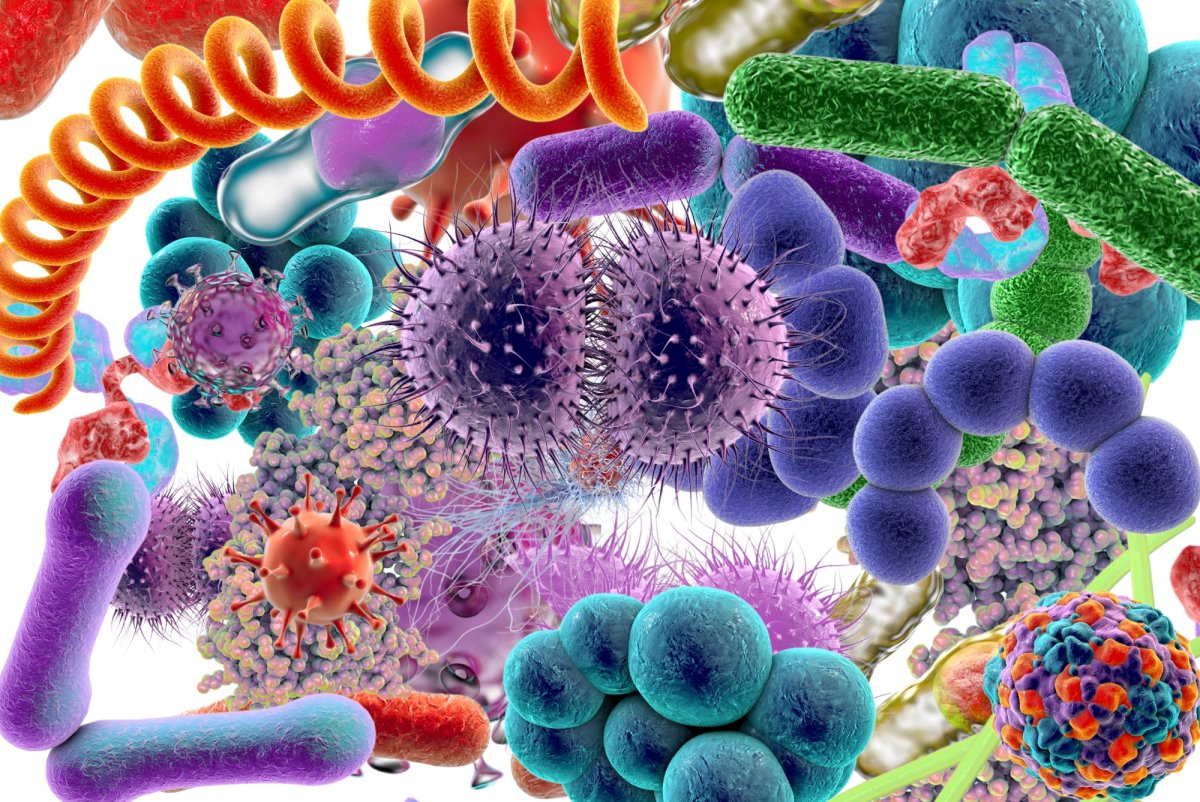New technologies in Army.

The Defense Advanced Research Projects Agency (DARPA), renowned for groundbreaking achievements such as RNA vaccines and the Internet, is currently engaged in a program to utilise microorganisms for stealthy tracking of enemy activities and alerting the United States Armed Forces upon detection.
Named «Tellus» after the Roman goddess of the Earth, this project aims to enable the Pentagon to design microbial sensors, aptly referred to as "invisible spies," which remain dormant until a specific enemy activity is detected. These activities encompass troop and tank movements, ship mobilization, identification of chemical or radiation emissions, and even the initiation of nuclear power plants.
According to the agency's press release, the «Tellus» program seeks to determine the range of chemical and physical signals that microbial devices can detect, the environmental conditions they can endure, and the types of output signals they can generate.
Chemical signals recognized by DARPA include toxic or radioactive substances, as well as heavy metal pollutants. Physical signals encompass light, electric current, and magnetic fields. An added advantage is that these microorganisms would be self-sustaining, necessitating neither external power sources nor extensive maintenance.
Bacteria, fungi, and microalgae are among the potential candidates for the «Tellus» project. These microorganisms exhibit resilience in various environments, including extreme conditions such as sea-level terrains, subterranean habitats, underwater settings, and wide temperature fluctuations, withstanding intense heat, extreme cold, and other adverse elements. Few espionage agents can boast such adaptability.
The question arises: How would a microbial spy effectively alert the US forces of enemy activities? At the tactical level, the US could engineer a microorganism that emits bioluminescence upon being traversed. By strategically deploying colonies of these microorganisms along the border between a US ally and a hostile nation, any movements across the border would be diligently monitored. In the event of a hostile invasion, especially in remote areas, the bioluminescent microorganisms would illuminate the enemy's trail, providing direct leads to the invading forces.
Furthermore, the «Tellus» technology holds potential value at the strategic level. Consider a scenario where a nation constructs a nuclear reactor with the intent to produce nuclear weapons, situating it adjacent to a lake for coolant purposes. Utilising lake water for cooling would elevate the lake's temperature. In response, the Pentagon could introduce microorganisms into the lake that produce methane when the temperature rises. Methane emissions could then be detected by remote sensing satellites in space.
DARPA aims to have operational prototypes of "microbial devices" within a 2.5-year development period. Additionally, they seek to assess the feasibility of rapidly designing and deploying new devices to address unforeseen situations. Thanks to DARPA, even the very ground upon which America's adversaries tread may serve as a clandestine surveillance network.
Adapted by: Abylay Aubakirov